Moroccan Jewry Researcher: 'We Burned a Haman Effigy Along with Hitler's Picture'
The unique hamentaschen, Purim money given to children, the burning of Hitler's picture next to Haman's effigy, and sweet cakes sold in the Mellah. Asher Knafo, a prominent researcher of Moroccan Jewry, reminisces about Purim in Mogador and is certain: 'The agreement with Morocco will allow us to discover more findings.'
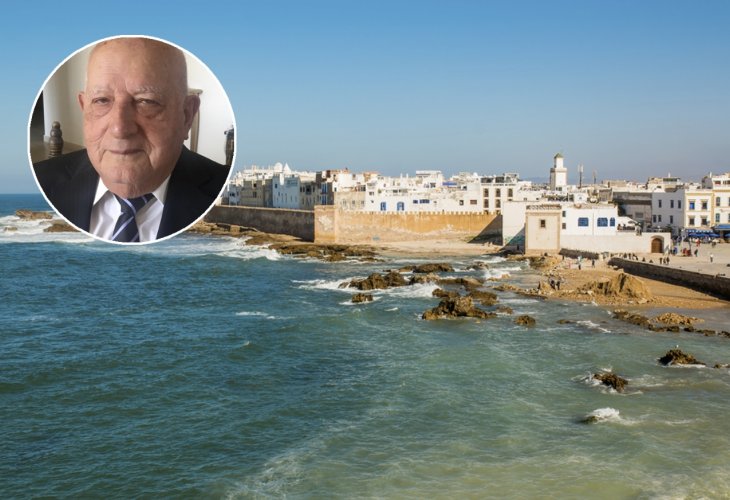
For the past forty years, until the last year, there wasn't a year Asher Knafo didn't visit Morocco. He traveled there regularly, not only due to his longing for the sights and landscapes but also because he researches the area and searches for evidence of Jewish life, as part of his work in preserving and spreading the culture and heritage of Moroccan Jewry.
Knafo is not young. He is nearing the end of his ninth decade, yet he continues his research with vigor, and these days is also working on writing a new book. "One cannot stop documenting," he says in our conversation. He also adds, "For years I waited for the moment it would be possible to fly directly from Israel to Morocco. It was always so hard for me to change flights en route and then stay there for at most two weeks. It affected all my research. It pains me that the good news of the new relations with Morocco arrives at a time when there are no flights; days when not only can't I travel to Morocco, but I barely allow myself to go shopping at the supermarket."
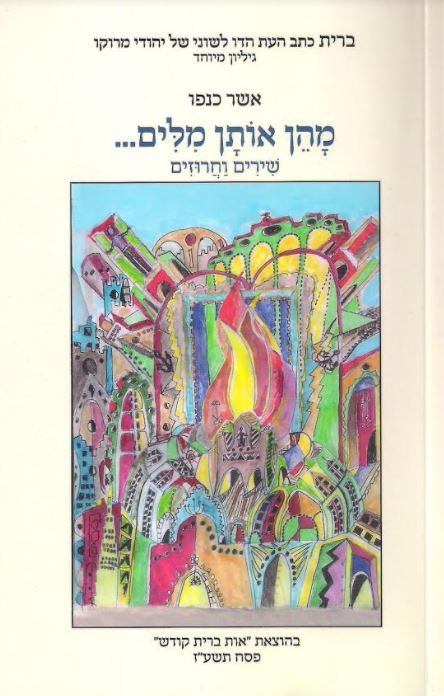 Journal on Moroccan Jewry, edited by Asher Knafo
Journal on Moroccan Jewry, edited by Asher KnafoFamily of Rabbis
Knafo fondly recalls his childhood years in Morocco: "I grew up in Mogador, in a very important family. My father was one of the community leaders, my grandfather, Rabbi David Knafo, was the town's rabbi, and his father, Rabbi Yosef Knafo, was known as a tremendous scholar and wrote dozens of books. I did not have the merit to meet him, but in recent years I have been publishing his writings. It's a very complex task because it's hard to understand his handwriting, which is Judeo-Moroccan script. One needs to be truly expert to decipher it, but I am making every effort because I know the extreme importance of preserving these texts."
He only has good memories of his childhood. "I grew up with 12 brothers and sisters in a not-so-large house, but in a wonderful family atmosphere, thanks to the fact that my parents were exceptional educators. Our lives always revolved around the heritage our grandfather left us; we constantly talked about him."
In the Mogador of those times, according to Knafo, there were three main population groups – Arabs, Jews, and the French. "We Jews lived somewhat among ourselves, but we also had ties with the Arabs and French who lived in the area. For instance, my father worked for a French employer and had Arab workers. Beyond work relationships, we also had friendly ties with them. For example, during Mimouna, after seven days of not eating leavened bread, the Arabs would come towards us bringing flour, ears of grain, honey, and butter. Conversely, the Arabs knew that during Passover, they would receive matzot from us – a food they really enjoyed. We often sent them cholent for Shabbat as well."
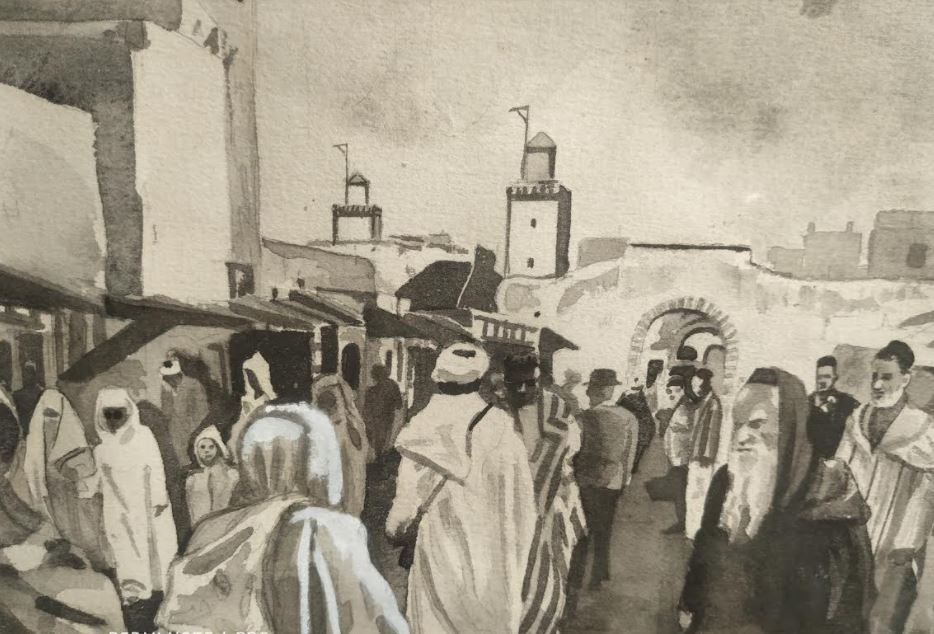 Market in Mogador. Painting: Hai Knafo
Market in Mogador. Painting: Hai KnafoWhat was the economic situation of the community in Mogador?
"The Jewish community in the city was divided into two groups – the wealthy, who lived in an area called 'the Kasbah', near the marina, and the simple folks who lived in the 'mellah'. In the latter also lived those who were very poor.
"With 13 children, our family was not considered wealthy, and my parents struggled to support us. Nonetheless, I remember that we always had cousins staying over, and my father made every effort to increase his salary and provide for all our needs. For instance, on the eve of Passover, my father would produce kosher wine for the holiday, and he also made a special, very tasty oil.
"My mother was the first Jewish woman in the city to open a sewing business. She employed girls from the poor areas of the mellah, providing them not only with a means of livelihood but also supporting them mentally and spiritually."
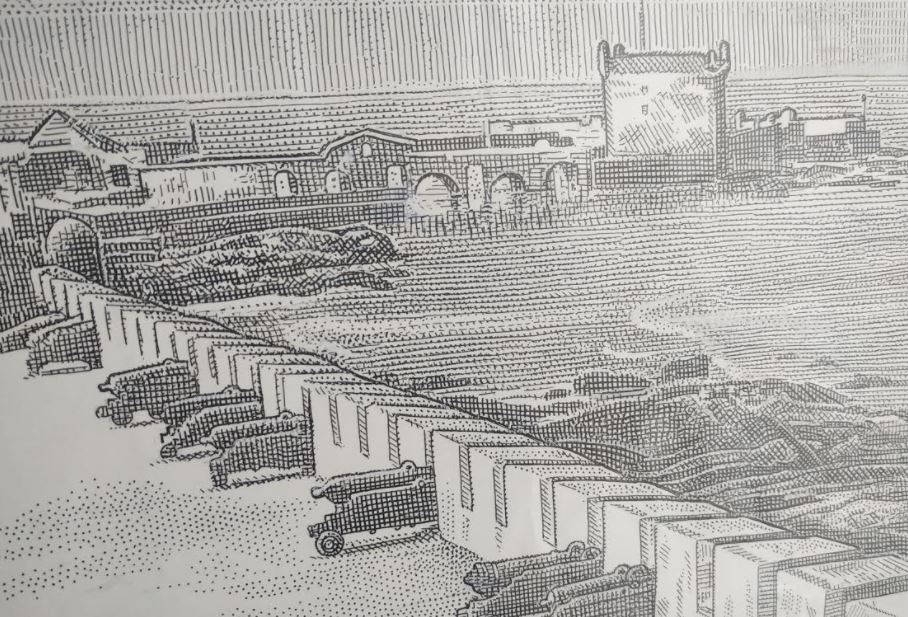 Mogador's Scala. Painting: Hai Knafo
Mogador's Scala. Painting: Hai KnafoWhere did you study as a child? Did you have any educational framework?
"Of course. We had two educational frameworks – the first was a heder for children aged two and up. We were about 40 children in a class, and the teacher taught us to read and write in Hebrew. By the age of two, we all knew how to read and write, but didn't understand the meaning of what we read, as we were not proficient in Hebrew. As we grew, we also read from the Pentateuch and learned Mishna, again without understanding what we read.
"Around the age of five, we moved to a school belonging to the Jewish community, but more open. The school also offered a supportive environment and a hot meal for children who came from homes where there was nothing to eat."
Haman's Eyes and Gifts for the Poor
During these days around Purim, Knafo recalls the festive and unique atmosphere in the streets of Mogador. "Purim was a very joyful holiday in the city. The main celebrations took place in the mellah, where the poor lived. Many Jews from nearby villages joined to celebrate the holiday with us. Throughout the mellah, stalls were set up selling fish or meatballs with glasses of local arak. In other stalls, special cakes like honey cakes and a special cake called 's'dough', from the Arabic for 'window', because it had holes like a window, were sold.
"Special people organized street games, like throwing boxes or competitions, for a small fee. There were also card games, but not for large sums of money. At a certain point during the festivities, they would take a giant effigy, call it 'Haman', and burn it in the center of the mellah. I remember during World War II, when I was a small child, they took a picture of Hitler (may his name be erased), hung it next to 'Haman', and burned them together."
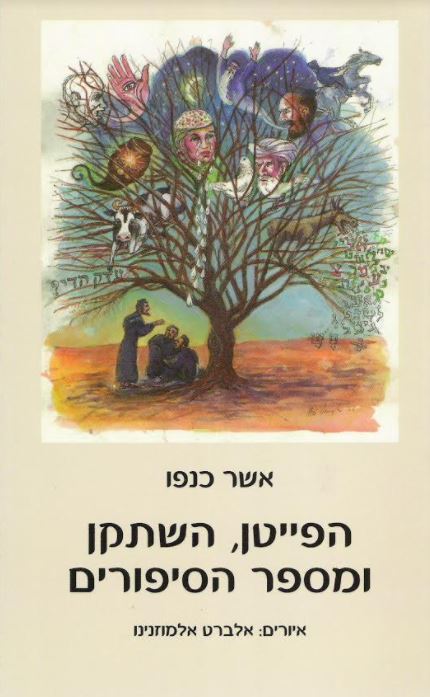 Books written by Asher Knafo
Books written by Asher KnafoAnd how was the holiday celebrated in your home?
"We also had special food for Purim at home – thick couscous cooked with sour milk, which we called 'Bruk'. In addition, we ate many sweets. My mother had an interesting custom – she would bake bread and embed two eggs in it, as if they were two eyes. We called them 'Haman's eyes', and there was a reason: The Midrash tells that when Esther responded to Ahasuerus at the wine banquet: 'An adversary and enemy, this wicked Haman', she took a skewer and pierced Haman's eye with it. In memory of this, we made 'Haman's eyes'. As children, we loved piercing the skewer right into the eyes. By the way, I still keep this custom with my children and grandchildren today."
Knafo mentions that one cannot talk about Purim without mentioning the 'Kerde', the Purim money. "We waited all year for the holiday, knowing that then we would get money. In the synagogue, it was customary that after reading the Megillah at night and during the day, the poor would stand in a long line, pass between the worshippers, and 'demand' what was due to them, as this is one of the mitzvot of the day. We children would also stand at the end of the line and demand the 'Kerde'. I remember it as a unique experience."
And what about Mishloach Manot?
"Of course, we observed the mitzvah of the day and sent Mishloach Manot, all according to the halachic rules. But unlike in Israel, we didn't send sweets and chocolates, but real food, usually accompanied by drinks."
The only custom that, according to Knafo, was not practiced during their Purim was costumes. "We didn't dress up," he says, "I don't know why, but we didn't know this custom. However, costumes were part of another holiday – Mimouna after Passover. Then we would dress up and go from house to house, tasting delicacies and wishing 'Terbehu Tesadu'.
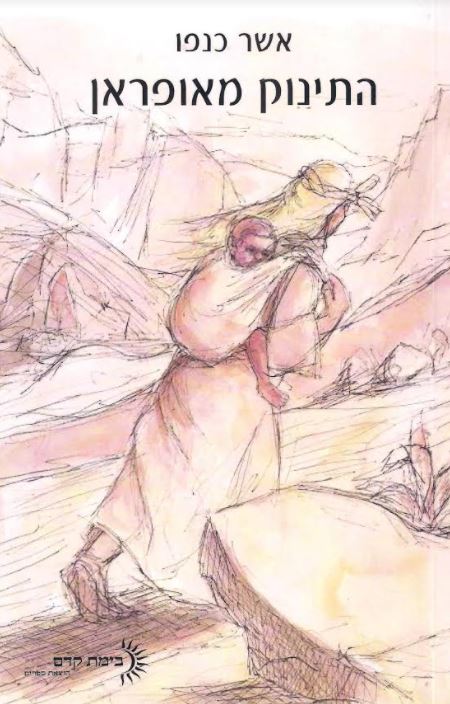 Books written by Asher Knafo
Books written by Asher KnafoTo the Land of Israel
You describe such beautiful life in Mogador. So what prompted you to move to Israel?
"Firstly, our lives were indeed beautiful, but we cannot ignore that they were not always easy. Quite often, there were harassments from the Arab neighbors; for instance, I couldn't leave the house without fearing that someone would grab and hit me for no reason. Because alongside good relations with the Arabs, there were also great fears.
"When I was 15, Zionist leaders came to Mogador and told us that a state was about to be established to gather all Jews together. We in the Jewish community were very faithful people and loved the land, so it was naturally decided that we would leave everything and move to Israel."
Initially, he says, his father, who was one of the community leaders, organized a group of about 40 youths to move to Israel. "Father excluded me and my brothers from the group, but we pleaded and begged him to include us as well. We so wanted to move to the land. Father suggested that we go later with the rest of the family, but it didn't help. In the end, our parents were convinced, and they sent me along with three of my brothers. That's how we moved to Israel and lived in kibbutz Be'erot Yitzhak. Our parents moved only five years after us."
According to Knafo, he remains grateful to this day for the great providence he had by being sent to a religious kibbutz. "This is thanks to my father, who emphasized before we left to insist on this point at all costs," he clarifies. "Regrettably, almost all my friends who arrived with us were sent to non-religious kibbutzim and were eating non-kosher foods a week later. It's terrible because in Mogador we were all observant and kept all the mitzvot. Looking back, I think it's awful what was done to these children, who lost all their religious identity. It breaks my heart."
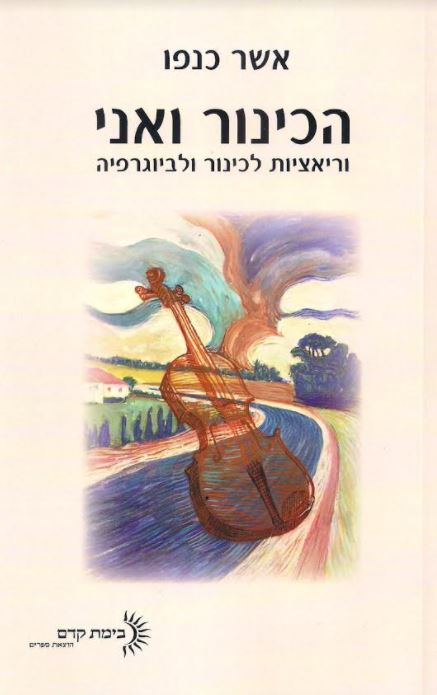 Books written by Asher Knafo
Books written by Asher KnafoWhat is the state of the Jewish community in Mogador today? Is there anything left of it?
"As someone who visits Mogador very often, I can point out that nothing is left of the community. No Jews currently reside in Mogador. However, the city experiences significant Jewish tourism, as Jews come from all over the world to trace the city's special and interesting tradition. As part of this, the 'Sa'lat Kahal' synagogue, where we used to pray, was rebuilt. It opened to the public about two years ago, and occasionally, prayers are held there. By the way, this is the synagogue where Rabbi David Alkayam, who was one of the composers of the 'Shirat HaBakashot', prayed, which we sang throughout the winter season.
"Personally, I get excited every time I arrive in Mogador and discover new and unknown things. My latest research focuses on poems found on gravestones in cemeteries. This kind of thing doesn't exist anywhere else, and it's truly fascinating. Soon, my book on this subject, called 'Song of the Stones', will be published."
Do you think the recent agreement with Morocco will assist you in your research?
"I have no doubt about it. Although we've been able to research until now, I believe we will now receive local cooperation, allowing us to conduct research more easily and under better conditions."

